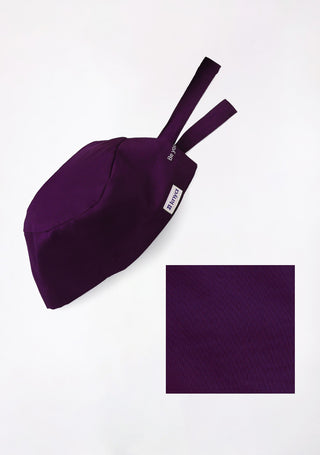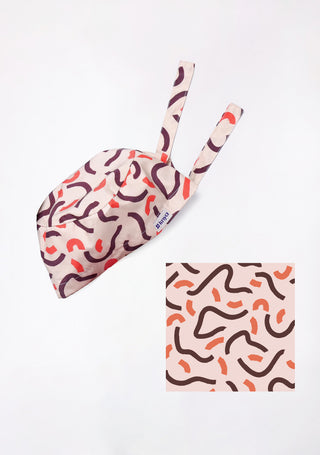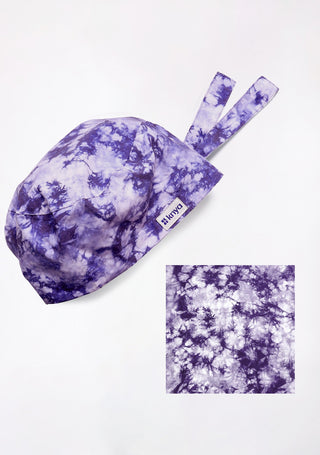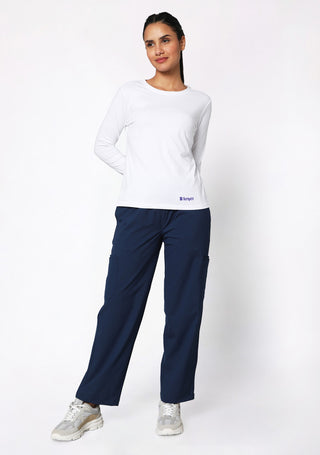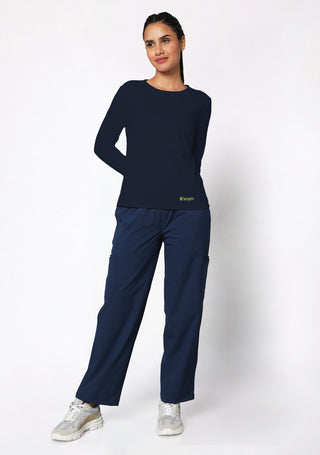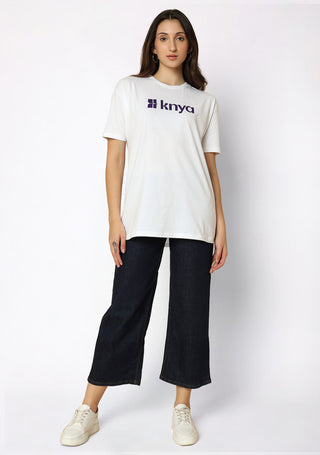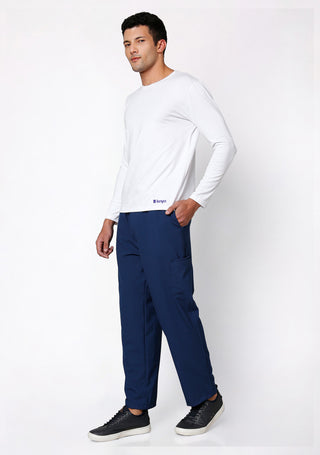In the fast-moving world of healthcare, comfort, function, and confidence all begin with the right uniform. For women in medicine, scrubs are more than just workwear — they’re the foundation of every long shift, every patient interaction, and every moment on the move. Finding scrubs that fit well and feel right can make a big difference in how you perform throughout the day.
At Knya, scrubs are designed keeping women healthcare professionals in mind — with attention to comfort, fit, and functionality. Every stitch, pocket, and fabric choice supports you through demanding hours, helping you look and feel your best at work.
Click here to explore comfortable lab coats and discover our complete collection of comfortable and stylish medical apparel
Why Choosing the Right Scrub Matters
Wearing the right scrubs impacts comfort, mobility, and professionalism. Long hours on your feet mean you need clothing that moves with you, wicks away sweat, and supports your daily routine. A good pair of scrubs should maintain its shape, offer enough storage, and allow easy movement — so you can focus on your patients, not your uniform.
When your scrubs fit right, you feel confident, organized, and ready for anything that comes your way.
Features to Look for in Women’s Scrubs
1. Fabric Quality and Comfort
Fabric determines how your scrubs feel throughout your shift. Soft, breathable, and durable fabrics are key for all-day comfort.
Knya scrubs use premium blends that are lightweight, moisture-wicking, and resistant to wear and tear. They stay soft, hold their color, and look new even after many washes — ensuring long-lasting comfort and freshness.
2. Fit and Design
A good fit enhances movement and confidence. Scrubs should not feel tight or baggy — they should move with you naturally.
Knya offers scrubs in multiple fits, from relaxed to slim styles, tailored for different body types. Features like stretchable fabric, side vents, and adjustable waistbands allow flexibility while maintaining a flattering silhouette.
3. Pockets and Storage
Practical design is essential. Deep, secure pockets help keep essentials — pens, notes, medical tools — within reach.
Knya scrubs are thoughtfully designed with multiple pockets in the right places, balancing storage and style without adding bulk.
4. Easy Maintenance
Scrubs go through tough days — so they must be easy to clean. Knya scrubs are wrinkle-resistant, fade-resistant, and machine washable, keeping you looking neat without extra effort. They’re built to handle frequent washes and still feel soft and new.
Ready to explore our amazing scrubs collection? Browse the best here
Best Scrub Options for Women by Knya
1. Classic V-Neck Scrub Set
-
Timeless Design: A classic V-neck for a clean, professional look.
-
Comfortable Fabric: Soft and breathable for long-hour wear.
-
Multiple Colors: Available in many shades to match your workplace or preference.
2. Modern Slim-Fit Scrub
-
Sleek Fit: Offers a modern, shaped look without restricting movement.
-
Stretch Fabric: Enhances flexibility and ease during work.
-
Moisture-Wicking: Keeps you dry and comfortable throughout the shift.
3. Cargo Pocket Scrub Pants
-
Ample Storage: Multiple pockets to carry your essentials easily.
-
Adjustable Waistband: Ensures a perfect fit every time.
-
Durable Build: Designed to withstand frequent wear and washing.
Styling Tips for Women’s Scrubs
-
Layer for Comfort: Add an undershirt or lightweight jacket for warmth and layering.
-
Choose Supportive Footwear: Pick comfortable, slip-resistant shoes that protect your feet during long shifts.
-
Keep Accessories Minimal: A simple watch or subtle jewelry can keep things functional yet stylish.
-
Play with Colors: If your workplace allows, explore Knya’s wide color range to add variety to your look.
Why Choose Knya for Women’s Scrubs
Knya understands that healthcare professionals need uniforms that work as hard as they do.
-
Premium Fabric: Soft, breathable, and built for performance.
-
Smart Designs: Balances practicality with modern style.
-
Affordable Quality: Long-lasting scrubs that offer real value.
-
Size & Color Range: Multiple fits and hues to suit every preference.
Explore the full collection of Knya Women’s Scrubs and find the perfect set designed for your comfort, movement, and confidence.
Conclusion
For every woman in healthcare, the right scrubs can make a real difference — in how you move, feel, and perform. With Knya, comfort and professionalism go hand in hand. Each piece is made to support you through long shifts while reflecting your dedication and style.

